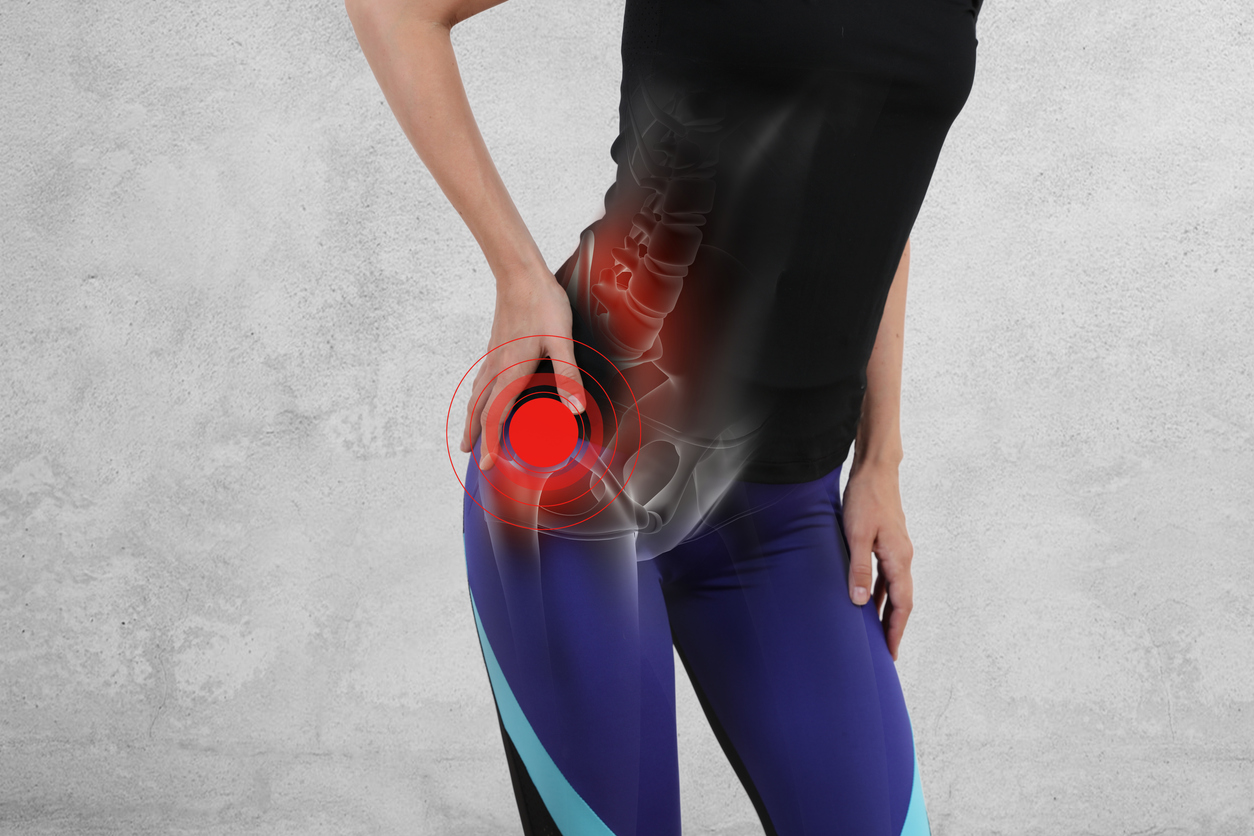Hip Pain Treatment
More About Hip Pain Treatment
Hip pain can be caused by various factors, such as injury, overuse, arthritis, or underlying medical conditions. The treatment for hip pain depends on its cause and severity. It’s important to consult a healthcare professional to get an accurate diagnosis and personalized treatment plan. However, here are some common treatment approaches for hip pain:
Causes of hip pain:
Rest: If the pain is due to overuse or minor injury, resting the hip joint can help reduce inflammation and promote healing.
Ice and Heat: Applying ice packs or cold compresses to the affected area can help reduce swelling and relieve pain. Heat therapy can also be beneficial for relaxing muscles and promoting blood flow.
Pain Medications: Over-the-counter pain relievers, such as acetaminophen or nonsteroidal anti-inflammatory drugs (NSAIDs) like ibuprofen, can help alleviate hip pain and reduce inflammation.
Physical Therapy: A physical therapist can develop a customized exercise program to strengthen the muscles around the hip joint, improve flexibility, and enhance joint function.
Weight Management: If excess weight is contributing to the hip pain, losing weight can help reduce the stress on the hip joint.
Assistive Devices: Using assistive devices like canes or crutches can provide support and help reduce the load on the affected hip.
Corticosteroid Injections: In cases of severe inflammation and pain, a healthcare provider may recommend corticosteroid injections directly into the hip joint to provide relief.
Hip Arthroscopy: For certain hip conditions, minimally invasive arthroscopic surgery may be necessary to repair or remove damaged tissues.
Joint Replacement Surgery: In severe cases of arthritis or joint damage, hip replacement surgery may be considered to replace the damaged joint with an artificial one.
Lifestyle Modifications: Avoid activities that worsen the pain, and adopt habits that promote hip joint health, such as maintaining good posture and avoiding prolonged sitting or standing.

Symptoms:
Hip pain can be caused by various factors, such as injury, overuse, arthritis, or underlying medical conditions. The treatment for hip pain depends on its cause and severity. It’s important to consult a healthcare professional to get an accurate diagnosis and personalized treatment plan. However, here are some common treatment approaches for hip pain:
Rest: If the pain is due to overuse or minor injury, resting the hip joint can help reduce inflammation and promote healing.
Ice and Heat: Applying ice packs or cold compresses to the affected area can help reduce swelling and relieve pain. Heat therapy can also be beneficial for relaxing muscles and promoting blood flow.
Pain Medications: Over-the-counter pain relievers, such as acetaminophen or nonsteroidal anti-inflammatory drugs (NSAIDs) like ibuprofen, can help alleviate hip pain and reduce inflammation.
Diagnosis:
To properly diagnose hip pain, a healthcare provider will typically perform the following steps:
Medical History: The doctor will ask about your symptoms, when the pain started, any activities or events that may have triggered it, and if you have any relevant medical history or pre-existing conditions.
Physical Examination: A physical examination will be conducted to assess the hip joint’s range of motion, strength, and any signs of inflammation or injury.
Imaging Tests: Various imaging tests may be ordered to get a detailed view of the hip joint and surrounding structures. Common imaging tests include X-rays, MRI (Magnetic Resonance Imaging), and CT (Computed Tomography) scans.
Blood Tests: In some cases, blood tests may be performed to check for signs of inflammation or underlying medical conditions that could be causing the hip pain.
